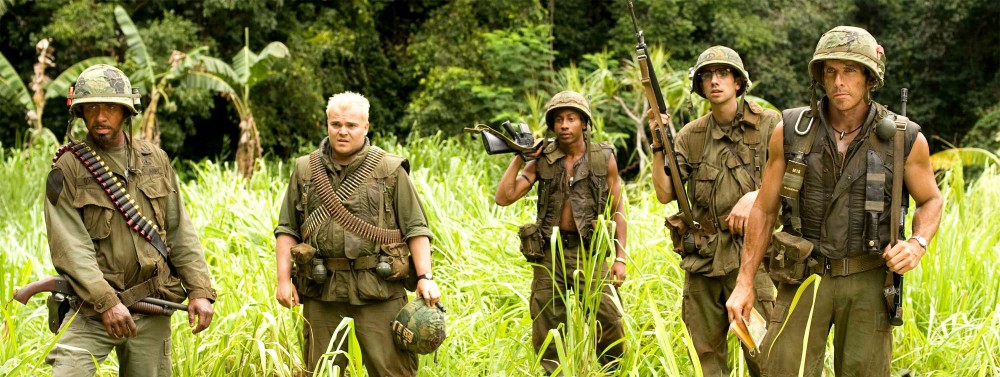The Watermelon Woman directed and staring Cheryl Dunye was particularly interesting because it uses a movie within a movie structure to tell the story. Cheryl is filming herself making a film, a documentary, about a character known as the “Watermelon Woman”. The movie depicts Cheryl’s life as an African American, lesbian film maker and her evolving relationships with both her best friend and her new lover. As the movie progresses so does Cheryl’s relationship with the Watermelon Woman, a deceased African American movie actress of the 30’s/40’s that is the subject of Cheryl’s documentary, which is the movie within the movie. This creates the feeling that the overall film is autobiographical, which is an entertaining platform on which the drama can unfold.
While the entire movie has a raw almost elementary style, which adds to the autobiographical impression the film tries to create, it is easy to ascertain which sequences of Cheryl’s film are for her video documentary because the quality of these sequences differs from the quality of the scenes involving Cheryl’s personal life. For example, in the sequence where Cheryl goes with her co-worker to the Center for Lesbian Info and Technology (C.L.I.T for short) the overall image and sound quality of sequence can be compared to that of a handheld camcorder. This sequence is part of Cheryl’s video documentary project. However, when you look at sequences involving Cheryl’s personal life such as Cheryl working at the video store and interacting with her co-workers, the picture and sound quality of these sequences is more formal.
Cheryl’s video documentary project creates tensions and consequences in her personal life, which form the dramatic arc of the overall film. During the process of making her documentary, Cheryl begins to steadily form an obsession with the Watermelon Woman, which intensifies as the movie progresses and puts Cheryl’s personal life in jeopardy. Throughout the movie we witness the changing relationships between Cheryl and her best friend and between Cheryl and her lover. By the end of the movie Cheryl is no longer on speaking terms with her best friend, nor is she still in a relationship with her lover. The disintegration of both of these relationships is directly related to Cheryl’s obsession with the Watermelon Woman. Though destructive for the purposes of drama in the film, I can relate to the reasons behind Cheryl’s obsession.
During her journey of discovery Cheryl learns that she herself shares many similarities with the Watermelon Woman. Not only are both Cheryl and the Watermelon Woman African American and both have an interest in movies, but they are both homosexuals who are and have dated white woman. While I cannot completely relate to this aspect of the film because I am a heterosexual white male, I relate to Cheryl’s longing to find someone similar to herself with whom she can truly connect – someone who has gone through or is going through what Cheryl is experiencing in the moment. It is human nature that people do not want to be by themselves and yearn to be with others like themselves. It is the universality of Cheryl’s emotional arc that makes The Watermelon Woman as effective film. The deliberate use of an autobiographical, almost “home-movie” style adds to the power and effectiveness of the film. The problem for Cheryl’s is that she was too focused on learning more about someone in the past than focusing on herself in the present.
